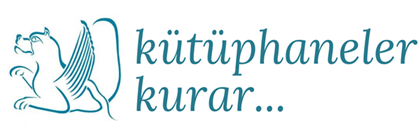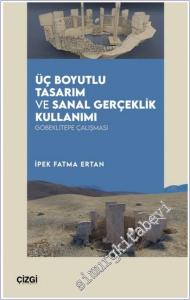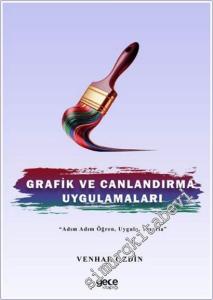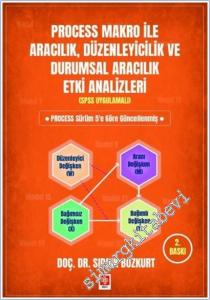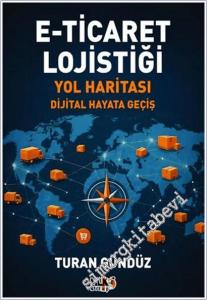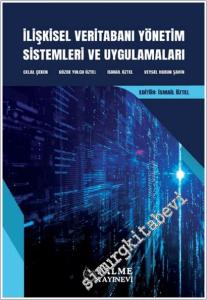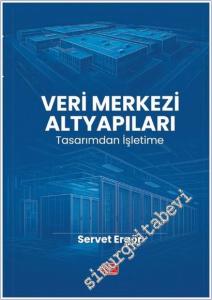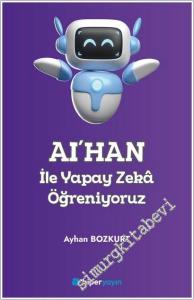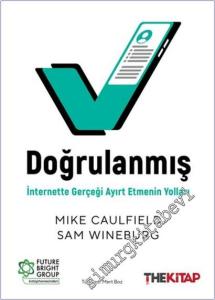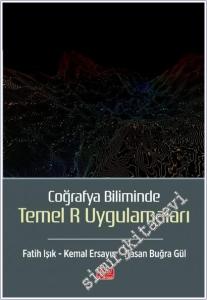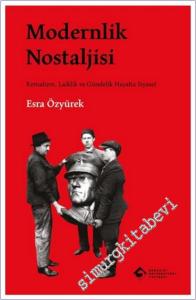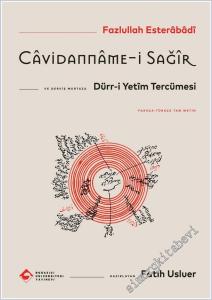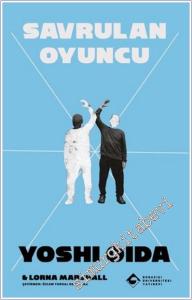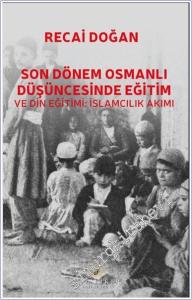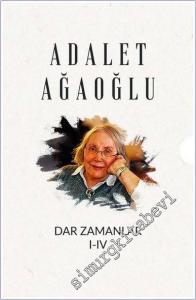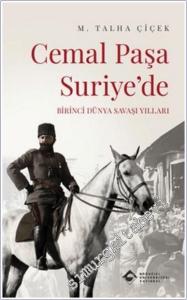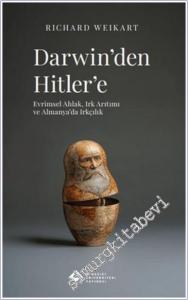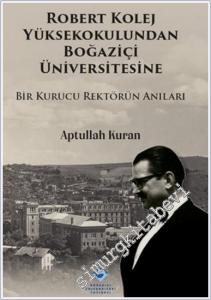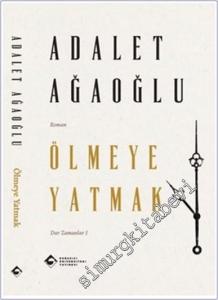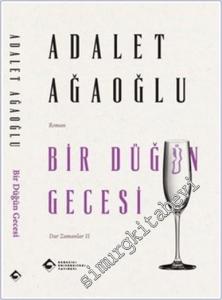#smrgSAHAF C++ in Geosciences : A Handbook for Students Engineers and Programmers - 1993
Kondisyon:
Yeni Gibi
Basıldığı Matbaa:
Boğaziçi Üniversitesi Matbaası
Dizi Adı:
ISBN-10:
Kargoya Teslim Süresi (İş Günü):
1&3
Cilt:
Amerikan Cilt
Ciltçi:
Koordinatör:
5.94
Boyut:
16x23
Sayfa Sayısı:
67
Basım Yeri:
İstanbul
Baskı:
1
Basım Tarihi:
1993
Kapak Türü:
Karton Kapak
Kağıt Türü:
1. Hamur
Dili:
İngilizce
Kategori:
indirimli
175,00
Havale/EFT ile:
169,75
Stoktan teslim
1199084107
469965
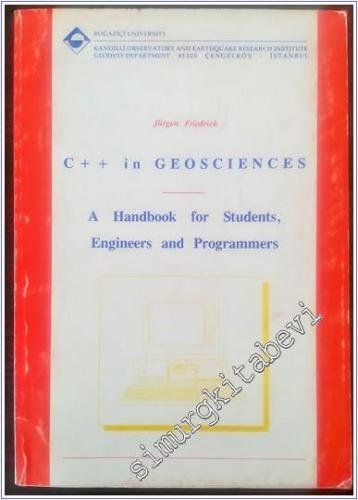
https://www.simurgkitabevi.com/c-in-geosciences-a-handbook-for-students-engineers-and-programmers-1993
C++ in Geosciences : A Handbook for Students Engineers and Programmers - 1993 #smrgSAHAF
175.00
Preface
This handbook is designed to combine theory and practice of object-oriented programming (OOP) with C++ and to support students, engineers and programmers who either know or don't know C++ in their desire to make the most out of their programs. It can be used both, as a COURBE BOOK for teaching purposes and as a REFERENCE BOOK to provide special information for programming with C++. Every chapter contains an appropriate example program to demonstrate theoretical concepts of OOP with C++ as well as it's powerful tools and utilities. The source code is always on the right of the vertical lines (||), on the left of (1) the number of each program line is written.
Looking at the topic order, chapter 14 "Integrated Development Environment (IDE), C++ Editor and Debugger" is put on purpose in the end of the book to be able to produce an up-date more easily, because the con-tent of this chapter changes very much in time and from compiler to compiler. The first edition of this book is based on the Borland Turbo C++ compiler. If a reader has no experience with C++, the Turbo C++ or another previous C++ compiler on the market, s/he should start reading chapter 14 to find out how to load, edit, compile and start a C++ program.
I would like to thank Prof. A. Işıkara and Prof. O. Gürkan at the Kandilli Observatory and Earthquake Research Institute of Boğaziçi University for their help in designing this handbook through providing work space and computer facilities. Moreover, I thank all my colleages at Kandilli for their comments and suggestions. Finally, I thank my wife Andrea for her patience and encouragement during the time of writing this book.
Kandilli in Spring 1993
Jürgen Friedrich
This handbook is designed to combine theory and practice of object-oriented programming (OOP) with C++ and to support students, engineers and programmers who either know or don't know C++ in their desire to make the most out of their programs. It can be used both, as a COURBE BOOK for teaching purposes and as a REFERENCE BOOK to provide special information for programming with C++. Every chapter contains an appropriate example program to demonstrate theoretical concepts of OOP with C++ as well as it's powerful tools and utilities. The source code is always on the right of the vertical lines (||), on the left of (1) the number of each program line is written.
Looking at the topic order, chapter 14 "Integrated Development Environment (IDE), C++ Editor and Debugger" is put on purpose in the end of the book to be able to produce an up-date more easily, because the con-tent of this chapter changes very much in time and from compiler to compiler. The first edition of this book is based on the Borland Turbo C++ compiler. If a reader has no experience with C++, the Turbo C++ or another previous C++ compiler on the market, s/he should start reading chapter 14 to find out how to load, edit, compile and start a C++ program.
I would like to thank Prof. A. Işıkara and Prof. O. Gürkan at the Kandilli Observatory and Earthquake Research Institute of Boğaziçi University for their help in designing this handbook through providing work space and computer facilities. Moreover, I thank all my colleages at Kandilli for their comments and suggestions. Finally, I thank my wife Andrea for her patience and encouragement during the time of writing this book.
Kandilli in Spring 1993
Jürgen Friedrich
Preface
This handbook is designed to combine theory and practice of object-oriented programming (OOP) with C++ and to support students, engineers and programmers who either know or don't know C++ in their desire to make the most out of their programs. It can be used both, as a COURBE BOOK for teaching purposes and as a REFERENCE BOOK to provide special information for programming with C++. Every chapter contains an appropriate example program to demonstrate theoretical concepts of OOP with C++ as well as it's powerful tools and utilities. The source code is always on the right of the vertical lines (||), on the left of (1) the number of each program line is written.
Looking at the topic order, chapter 14 "Integrated Development Environment (IDE), C++ Editor and Debugger" is put on purpose in the end of the book to be able to produce an up-date more easily, because the con-tent of this chapter changes very much in time and from compiler to compiler. The first edition of this book is based on the Borland Turbo C++ compiler. If a reader has no experience with C++, the Turbo C++ or another previous C++ compiler on the market, s/he should start reading chapter 14 to find out how to load, edit, compile and start a C++ program.
I would like to thank Prof. A. Işıkara and Prof. O. Gürkan at the Kandilli Observatory and Earthquake Research Institute of Boğaziçi University for their help in designing this handbook through providing work space and computer facilities. Moreover, I thank all my colleages at Kandilli for their comments and suggestions. Finally, I thank my wife Andrea for her patience and encouragement during the time of writing this book.
Kandilli in Spring 1993
Jürgen Friedrich
This handbook is designed to combine theory and practice of object-oriented programming (OOP) with C++ and to support students, engineers and programmers who either know or don't know C++ in their desire to make the most out of their programs. It can be used both, as a COURBE BOOK for teaching purposes and as a REFERENCE BOOK to provide special information for programming with C++. Every chapter contains an appropriate example program to demonstrate theoretical concepts of OOP with C++ as well as it's powerful tools and utilities. The source code is always on the right of the vertical lines (||), on the left of (1) the number of each program line is written.
Looking at the topic order, chapter 14 "Integrated Development Environment (IDE), C++ Editor and Debugger" is put on purpose in the end of the book to be able to produce an up-date more easily, because the con-tent of this chapter changes very much in time and from compiler to compiler. The first edition of this book is based on the Borland Turbo C++ compiler. If a reader has no experience with C++, the Turbo C++ or another previous C++ compiler on the market, s/he should start reading chapter 14 to find out how to load, edit, compile and start a C++ program.
I would like to thank Prof. A. Işıkara and Prof. O. Gürkan at the Kandilli Observatory and Earthquake Research Institute of Boğaziçi University for their help in designing this handbook through providing work space and computer facilities. Moreover, I thank all my colleages at Kandilli for their comments and suggestions. Finally, I thank my wife Andrea for her patience and encouragement during the time of writing this book.
Kandilli in Spring 1993
Jürgen Friedrich
Yorum yaz
Bu kitabı henüz kimse eleştirmemiş.
